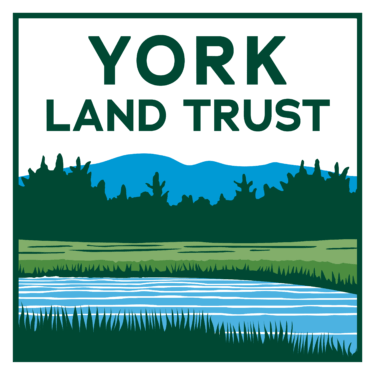Conservation Easements
Placing a conservation easement on your land allows you to maintain ownership and use of your land while protecting its conservation values.
A conservation easement is a legal agreement between a landowner and a land trust that permanently limits uses of land in order to protect its conservation values. It allows you to continue to own and use your land, live on your land, sell it, or pass it on to heirs. If you choose to sell or transfer the property, at any time, the conditions of the easement pass to the new owner and future generations in perpetuity.
Conservation easements can be tailored to meet your needs. They can be made to permit limited development, resource management, farming, recreational uses, etc. or they can be made to restrict or prohibit all uses if you would like your land to remain forever wild. Easements may be granted on the entire parcel or on a portion of the property and can be granted either during your lifetime or through a bequest in your will.
A conservation easement that meets federal tax code requirements may qualify as a tax-deductible charitable donation. For income tax purposes, the value of the donation is the difference between the land’s value with the easement and its value without the easement. Placing an easement on your property may result in property tax savings. A conservation easement can be essential when passing land on to the next generation. By removing the land’s development potential, the easement lowers its market value and thus may lower heirs’ estate taxes.
Please contact Amelia Nadilo, Executive Director of York Land Trust, to discuss conservation easements and other charitable giving options.
